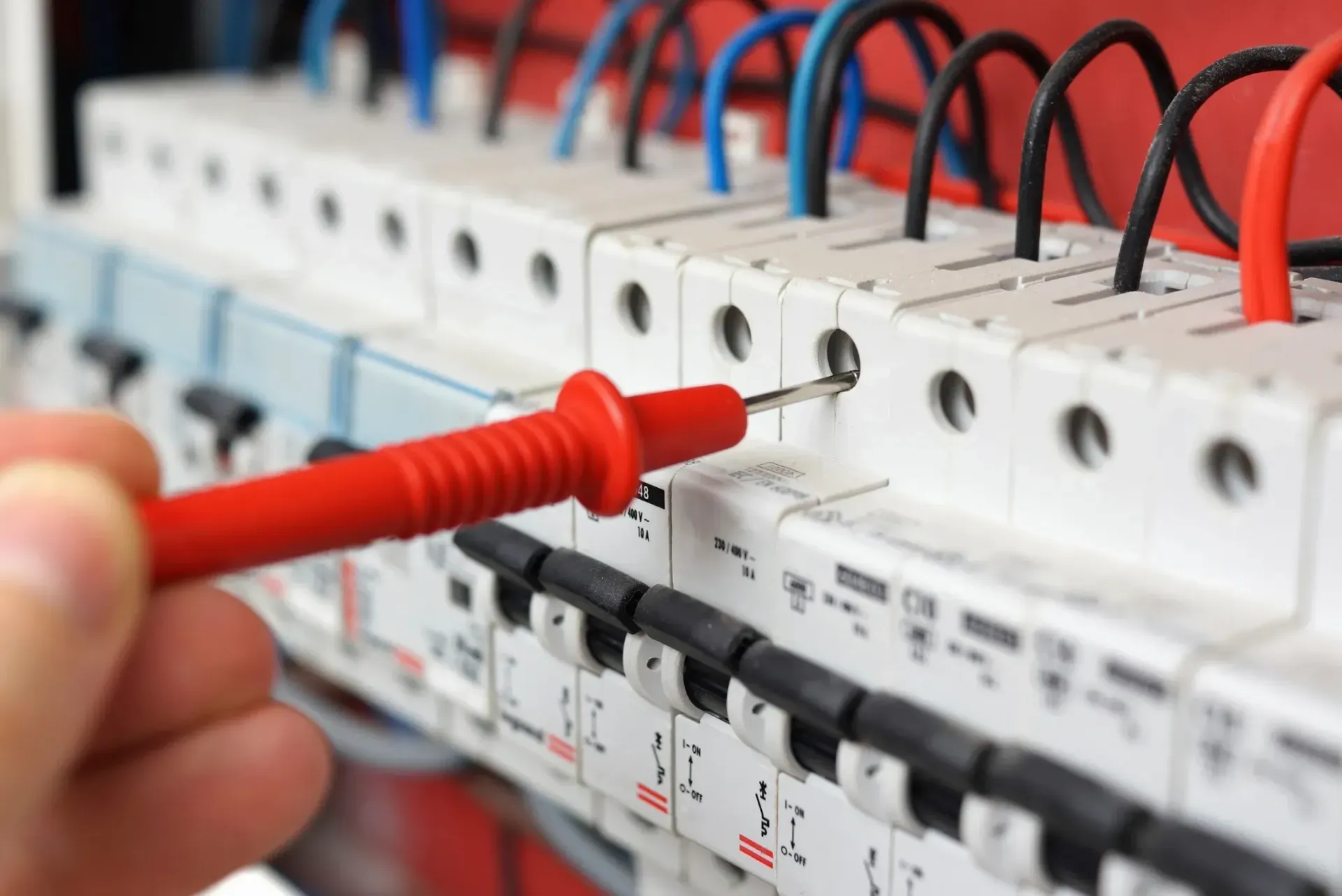
What is an EICR? Why would i need one?
An EICR stands for Electrical Installation Condition Report. It is a formal document that details the condition of an electrical installation in a property. The report is created after an inspection by a qualified electrician, who checks the wiring, electrical systems, and components to ensure they are safe, functioning correctly, and comply with the current regulations.
Why an EICR is Important:
Safety: The primary purpose of an EICR is to ensure the electrical system is safe to use. Faulty wiring, damaged circuits, or outdated installations can pose serious risks, such as electric shocks or fire hazards. An EICR helps identify and address these potential dangers.
Legal Compliance: In many countries, it's a legal requirement for landlords to have an EICR performed at regular intervals (e.g., every 5 years in England). The report ensures that a property meets safety standards set by local regulations, like the UK's Electrical Safety Standards in the Private Rented Sector (for rental properties).
Insurance: An up-to-date EICR can be crucial for insurance purposes. If an electrical fault leads to an incident (e.g., fire or injury), having a recent inspection report can demonstrate due diligence and may be required by insurers for claims to be processed.
Peace of Mind: For homeowners and tenants, knowing that the electrical installation is safe can bring peace of mind. It can also help in preventing costly repairs down the line by catching issues early.
Selling or Renting a Property: If you're selling or renting out a property, an EICR can show that the electrical systems are in good condition. In some regions, landlords are legally required to provide an up-to-date EICR to tenants.
What Does an EICR Involve?
An EICR inspection generally includes:
Visual inspection of electrical components, such as outlets, switches, and fuse boards.
Testing of circuits to ensure they meet safety standards.
Checking for wear and tear, such as damaged cables or exposed wires.
Assessing the overall integrity of the system, including earthing and bonding.
What Happens After the Inspection?
Pass or Fail: The report will classify the installation's condition as either "satisfactory" or "unsatisfactory." If the installation is found to be unsatisfactory, the electrician will note necessary repairs or upgrades.
Recommendations:
Even if the system is deemed safe, the report may suggest improvements or upgrades to comply with the latest regulations or enhance safety.
In short, an EICR is essential for maintaining electrical safety, ensuring compliance, and protecting both property and people from potential electrical hazards.
